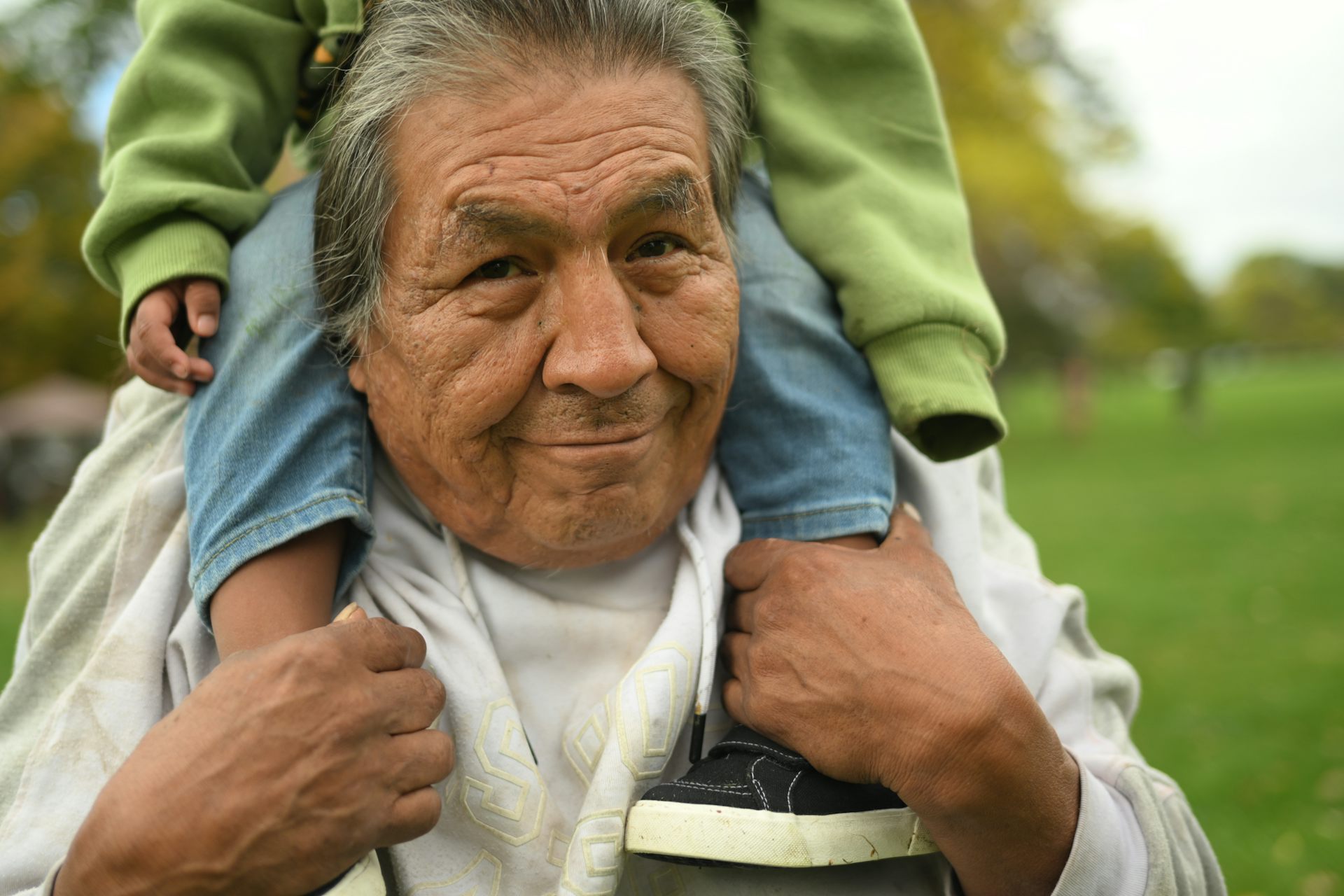3 things the pandemic taught us about inequality in college — and why they matter today
The pandemic put a spotlight on inequalities among college students. But students’ resources were unequal all along.

Elise, a nursing student at an elite U.S. university in the Northeast, found herself back home and sleeping on the floor of her parents’ one-bedroom apartment after the COVID-19 pandemic was declared in March 2020.
It was tough to get a good night’s sleep as family members passed through to the kitchen or the front door. Such interruptions also made it difficult to concentrate during lectures and exams. Sometimes, limited internet bandwidth made it impossible for Elise to attend class at all. She couldn’t ask her parents to buy her a new computer to replace the one that was breaking down, she explained, because she knew they couldn’t afford it.
Meanwhile, Elise’s classmate, Bella, a business student and the daughter of two Ivy League-educated professionals, had two empty bedrooms at her parents’ home. She used one for sleep, the other for schoolwork. Her parents had purchased “a monitor and all these other accessories to help make studying easier.”
As a doctoral candidate in sociology, I study inequality among young adults. Elise and Bella are two of the 48 undergraduates I interviewed to understand how college students from different socioeconomic backgrounds dealt with COVID-19 campus closings. Although all attended the same elite university, upper-middle class students like Bella often enjoyed academic and financial benefits from parents that their less affluent peers like Elise did not.
Just because most college students have gone back to in-person classes doesn’t mean these disparities have gone away. Here are three lessons from the pandemic that can help colleges better address student inequality going forward:
1. The digital divide disrupts learning
Elise wasn’t the only student in my study who didn’t have the learning technology she needed. “It was a solid two and a half weeks where I didn’t have a laptop,” said Shelton, a social sciences major, describing how he wrote a four-page research paper on his phone. Although Shelton had secured a laptop by the time I interviewed him in June 2020, he still didn’t have Wi-Fi in his off-campus apartment.
Before the pandemic, college students could typically use their school’s computer labs and internet hot spots on campus. During remote instruction, however, many had to join classes from smartphones or park outside stores to access free Wi-Fi.
Although most undergraduates own a cellphone and laptop, the functionality of these devices and their ability to stay connected to the internet are not equal.
2. Living conditions are learning conditions
When residential universities sent undergraduates home in March 2020, some students did not have a home they could safely return to. Others, including some in my study, feared exposing parents to COVID-19 or being a financial burden. Still others had concerns about space, privacy, internet access or disruptions from family members.
“I didn’t even have a desk at home,” recalled Jennifer, a STEM major who stayed in a friend’s living room before moving to her grandparents’ house.
Even before the pandemic, students living in dormitories were in the minority. Far more undergraduates live off campus, many with their parents. In a fall 2019 survey, 35% of four-year college students and half of community college students reported housing challenges, which included being unable to pay rent and leaving a household because they felt unsafe.
The struggles of students like Jennifer call attention to socioeconomic divides among students who were living off campus all along. These include inequalities in space, quiet and furniture for studying.
3. Many students are family caregivers, too
Finally, the pandemic increased many students’ caregiving responsibilities, which sometimes limited the time they could spend on schoolwork.
For example, Ashley, a social sciences major, described how she shopped, cooked and managed her younger siblings’ remote schooling while her mom worked a retail job. “It wasn’t necessarily a bad thing that I was [home] to help, but it definitely impaired my studies,” she told me.
Before the pandemic, Ashley had helped support her family financially from a distance. But her responsibilities grew when she returned home and was the only adult available to help her younger siblings.
Contrary to the popular idea of college as a time of self-focused exploration, recent studies describe ways that some students — often from low-income, minority or immigrant families — support their families. These include sending money home, helping siblings with homework, assisting parents with digital technology and chaperoning medical appointments. Such responsibilities are often invisible to university instructors and administrators.
Students are members of families and communities, and they enter the classroom with different resources and responsibilities. Inclusive classrooms require instructors to demonstrate awareness, empathy and flexibility around these differences.
But empathy won’t fix students’ laptops or pay their rent. The pandemic highlighted inequalities that are reinforced by universities designed for so-called “traditional” college students — fresh out of high school, living on campus, financially supported by their parents, and having few caregiving responsibilities. Yet such students are a privileged minority.
This research was supported by the Institute of Education Sciences Predoctoral Training Fellowship Program under award #3505B200035 to the University of Pennsylvania. The opinions expressed are my own and do not represent views of the Institute or the U.S. Department of Education. I am also grateful for support from Penn’s Center for the Study of Ethnicity, Race, and Immigration and Penn’s School of Arts and Sciences Student Government.
Read These Next
A year on, the Israeli-Lebanese ceasefire looks increasingly fragile − could a return to cyclical vi
Since the start of the truce on Nov. 27, 2024, there have been thousands of Israeli violations inside…
Absence of evidence is not evidence of absence – and that affects what scientific journals choose to
Researchers design studies that might disprove what’s called their null hypothesis – the opposite…
George Plimpton’s 1966 nonfiction classic ‘Paper Lion’ revealed the bruising truths of Detroit Lions
George Plimpton, then a 36-year-old literary editor, endured the brutal realities of a professional…






